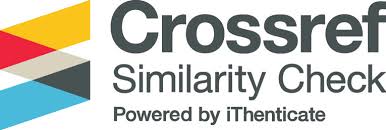Kecerdasan Emosional, Motivasi, Internal Locus of Control dan Niat Menjadi Akuntan Publik
Abstract
Public accountants are one of the professions in the accounting field, whether it is working in a public accounting firm or opening their own public accounting firm. Intention to become a public accountant can be influenced by many factors, including emotional intelligence, motivation, and locus of control. The purpose of this study was to determine the effect of emotional intelligence, motivation, and locus of control on students' intentions to become public accountants. This research was conducted at the Hindu University of Indonesia on 194 students of the Accounting Study Program, Faculty of Economics, Business, and Tourism class of 2019 and by using the Slovin Formula, a sample size of 66 people was determined using a simple random sampling technique. Data was collected by conducting interviews and questionnaires using a five-choice Likert Scale. The data analysis technique was carried out by multiple linear regression analysis. The results of the analysis prove that the regression model has met the requirements of the model's feasibility, the results of the determination test show the magnitude of the influence of emotional intelligence, motivation, and locus of control on the intention to become a public accountant by 84.2 percent. The results of multiple linear regression analysis prove that emotional intelligence, motivation, and locus of control have a positive and significant effect on the intention to become a public accountant.







